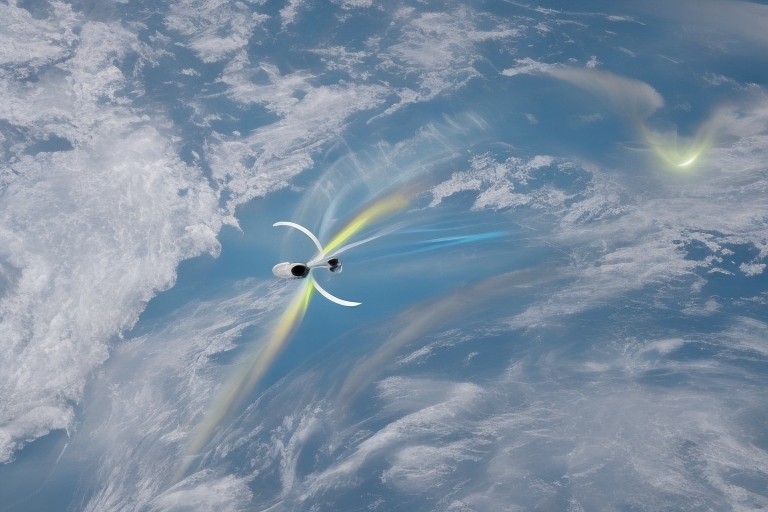Solar Radiation Management (SRM) is a set of proposed techniques to cool the Earth by reflecting some of the sun's energy away from our planet. The idea is to counteract the warming effects of greenhouse gases, like carbon dioxide, by increasing the Earth's reflectivity. This could involve methods such as deploying reflective particles in the atmosphere or using mirrors in space. While some see SRM as a potential tool to address climate change, others are concerned about its possible side effects and risks. As the global community grapples with the escalating challenges of climate change, scientists and policymakers are exploring innovative solutions to mitigate its effects. Solar Radiation Management encompasses various techniques designed to alter the amount of solar radiation reaching the Earth's surface. It involves injecting reflective aerosols into the stratosphere, mimicking the cooling effects of volcanic eruptions. Other methods include ocean surfaces to enhance reflectivity. There are several proposed techniques, each with its own scientific principles.
-
Stratospheric Aerosol Injection:
- Concept: At the forefront of SRM methods is the injection of reflective aerosol particles into the stratosphere.
- Scientific Basis: By mimicking the cooling effects of volcanic eruptions, these particles scatter sunlight, reducing the amount reaching the Earth's surface and thus mitigating global warming.
- Challenges: Critics express concerns about potential side effects, including impacts on atmospheric chemistry and precipitation patterns.
-
Albedo Modification - Surface-Based Techniques:
- Concept: Albedo modification focuses on altering the Earth's reflectivity, often through surface-based techniques.
- Scientific Basis: Reflective materials on surfaces, such as rooftops or pavements, decrease the absorption of solar radiation, contributing to cooling effects.
- Challenges: Localized impacts on weather patterns and ecosystems raise questions about the broader environmental consequences of surface-based albedo modification.
-
Marine Cloud Brightening (MCB):
- Concept: MCB is a specific SRM method targeting marine clouds over the ocean.
- Scientific Basis: Introducing tiny particles, such as sea salt or aerosols, into marine clouds enhances their reflectivity, potentially cooling specific regions.
- Challenges: Uncertainties persist regarding the long-term impacts of MCB on weather patterns and marine ecosystems.
-
Space-Based Reflectors:
- Concept: This ambitious approach involves deploying large mirrors or reflective surfaces in space to redirect sunlight away from the Earth.
- Scientific Basis: Space-based reflectors could create a controllable "sunshade," altering the distribution of incoming solar radiation.
- Challenges: Engineering challenges and substantial costs associated with deploying and maintaining reflectors in space present formidable obstacles.
Conclusion:
As we peer beyond the horizon into the future of climate control, Solar Radiation Management (SRM) emerges as both a beacon of hope and a realm of ethical and scientific complexity.

